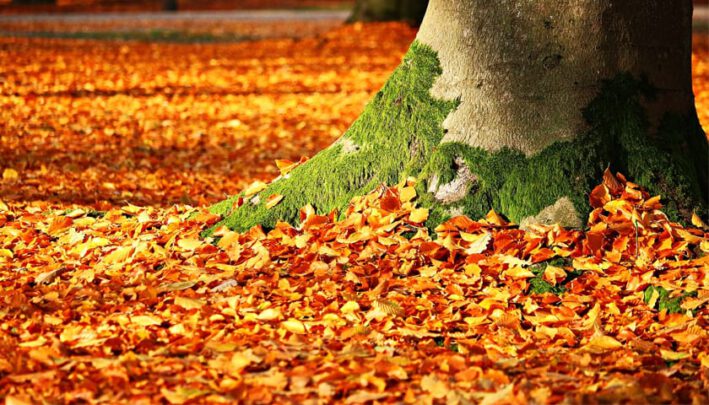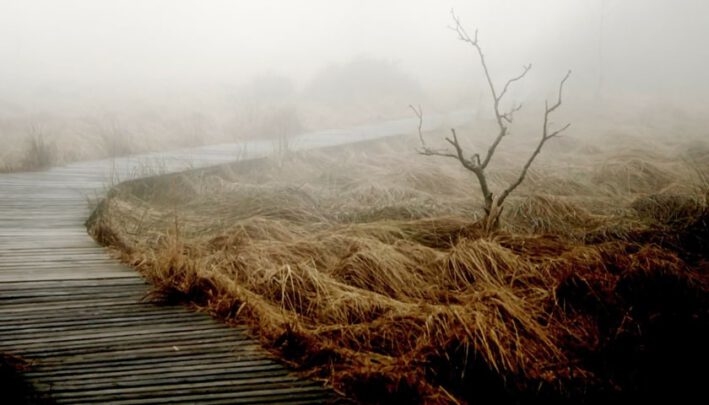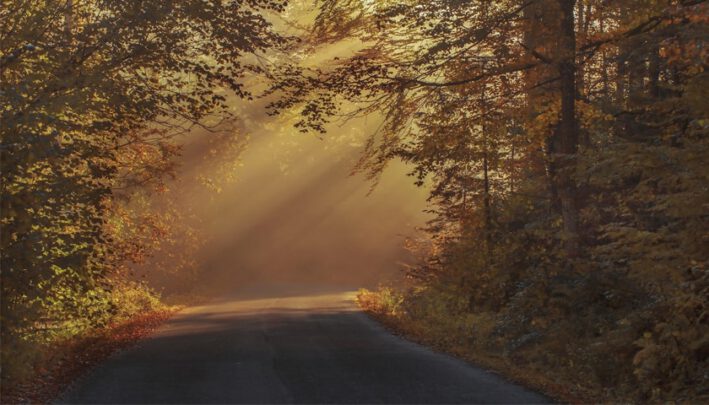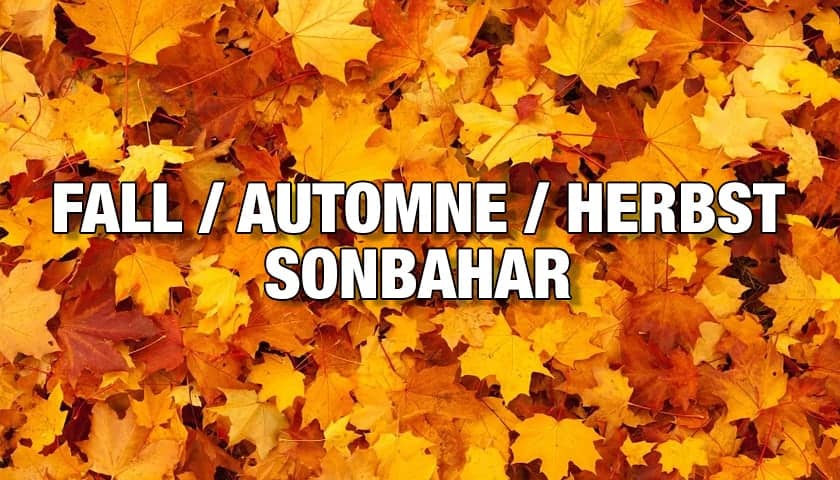Hits: 3
Fall is a unique time of year for photographers, with a range of color hues that lend themselves to rich and detailed imagery. Whatever the weather, there are numerous opportunities to capture beautiful landscapes at this time of year. In this article, I’m going to give you all the tips and tricks you’ll need to make the most of the gorgeous colors of Fall.
1. EQUIPMENT AND SETTINGS
As well as your camera, you’ll need a wide-angle lens to be able to successfully capture landscapes. But a telephoto lens can also be very useful if you want to shoot detail shots, or photograph some of the more visible wildlife out and about in Fall.
If you don’t want to carry round multiple lenses due to weight, a zoom lens with a focal length range of around 24-70 mm (on a full frame camera) will give you a great range to work with. I’d also recommend carrying a polariser filter, a graduated neutral density (GND) and a neutral density (ND) filter.
A polariser will help to reduce glare from reflections and help to deepen the saturation of colors. A GND filter will allow you to balance exposures – for instance when you have a very bright sky and a darker foreground a ND filter will allow you to use longer exposures without overexposing your image. A flashgun is also useful for duller days.

Finally, equipment-wise, a tripod will allow you to use long exposures without camera shake. Use in conjunction with a remote trigger to avoid any additional camera shake by depressing the shutter by hand.
When shooting in Fall, I’d nearly always recommend shooting in manual as it gives you complete control over your images. Start with setting your aperture, as this controls your depth of field. A lot of Fall photographs will require a large depth of field, as you’ll want to get the whole of the beautiful landscape sharp.
This, of course, means you will need a small aperture of around f16 / f22. Ideally, you’ll want to keep your ISO as low as possible to avoid noise. This is where using a tripod becomes useful, as you can use a longer shutter speed to get more light into your camera. Of course, if you don’t have a tripod with you, you’ll need to raise your ISO.
If you’re shooting details such as individual leaves or are trying to photograph a wild animal, it’s more likely that you’ll want to use a small depth of field to blur the background and help isolate your subject. This will mean a large aperture, which will let far more light in through the iris of your lens. Lastly, make sure you shoot in RAW so as to have the most options in post production.
2. THE GOLDEN HOUR
The hour around sunrise and sunset produces beautiful pink and gold tones, with a soft flattering tone that compliments Fall colors perfectly. If you shoot on a sunny day with clouds, you’ll also get rays of sunlight that can be used to highlight Fall leaves and give them a golden glow. It’s likely that you’ll need to use a GND filter here to balance the differing exposures between your sky and foreground, and to prevent your Fall colors being left in silhouette.
3. OVERCAST / RAIN
When we think of taking photographs outside, these conditions don’t immediately spring to mind as perfect! But if you’re photographing in the trees, overcast days can be absolutely perfect. The cloudy sky acts as a giant softbox, diffusing the light and softening hard shadows and highlights. This allows the bright colors and tones to come to the fore, without them being diluted by harsh sunlight.
And, whilst I wouldn’t suggest that shooting in torrential rain is a great idea, Fall rains will make leaves look far more vibrant. Raindrops can also be used creatively – try shooting the reflection of the leaves in a drop, for example.

4. FROST, MIST AND FOG
As Fall progresses, the season marks a sharp drop in temperature in many parts of the world. This can lead to early morning conditions such as mist, fog, and frost – all of which can be used creatively. These conditions can allow you to highlight the vibrant Fall colors as they peak through the colder conditions.
5. COMPOSING YOUR FALL SHOTS
The most obvious shot that springs to mind when thinking of Fall is probably the classic landscape shot that encapsulates the trees and colorful leaves. The rule of thirds can work well here – dividing the photograph in a 3 x 3 grid and placing points of interest at the intersections. This allows you to balance sky, horizon, and foreground equally. Look for leading lines to direct your viewer into the shot.
Of course, you don’t just have to stick to the rule of thirds. Shooting straight up into the trees can work extremely well and give you a different perspective. Or look lower and include some of the carpet of leaves that you’ll find on the floor. You can also choose a main subject, such as a body of water or a building and use the Fall colors to enhance it. Remember that water can be used to create beautiful reflections – Fall provides the perfect canvas for this.
It can be tempting to just photograph an entire scene in Fall – there are so many beautiful colors and scenes to capture. But minimalism also lends itself well to Fall photography. Isolating individual leaves or a single tree, for example, can lead to some fantastic shots. Take advantage of a small depth of field here – you can isolate an individual element and use the bright colors as a soft background behind your subject. Of course, these are just some suggestions to get you started with – feel free to experiment in other ways!

Of course, you don’t just have to stick to the rule of thirds. Shooting straight up into the trees can work extremely well and give you a different perspective. Or look lower and include some of the carpet of leaves that you’ll find on the floor. You can also choose a main subject, such as a body of water or a building and use the Fall colors to enhance it. Remember that water can be used to create beautiful reflections – Fall provides the perfect canvas for this.
It can be tempting to just photograph an entire scene in Fall – there are so many beautiful colors and scenes to capture. But minimalism also lends itself well to Fall photography. Isolating individual leaves or a single tree, for example, can lead to some fantastic shots. Take advantage of a small depth of field here – you can isolate an individual element and use the bright colors as a soft background behind your subject. Of course, these are just some suggestions to get you started with – feel free to experiment in other ways!
IN CONCLUSION
In my opinion, it’s impossible to find a more easily photogenic season than Fall. The rich colors of the foliage are a photographer’s dream! So go out and start shooting.




